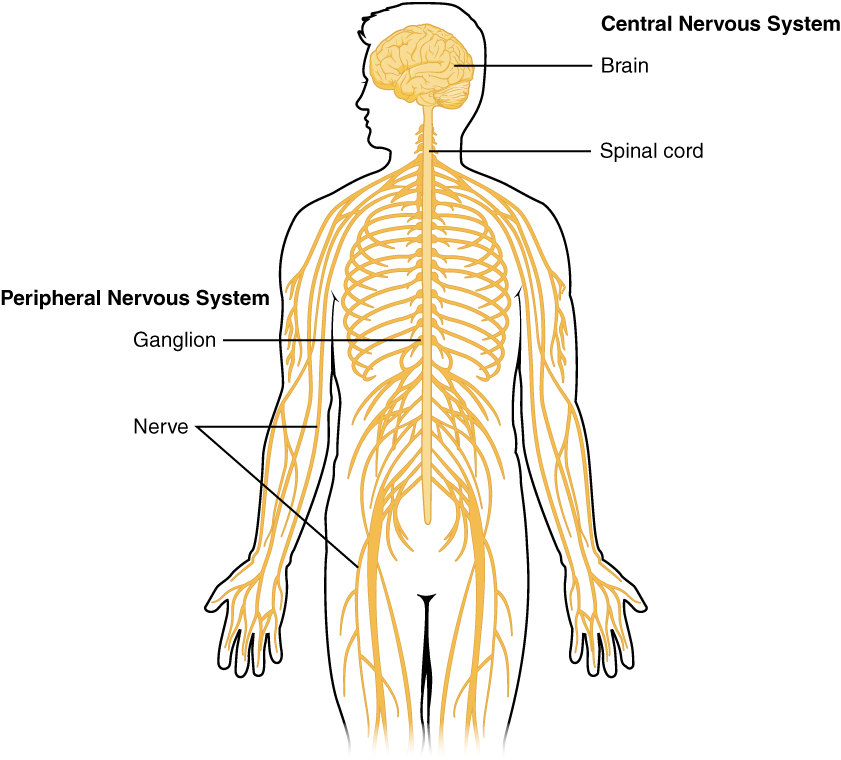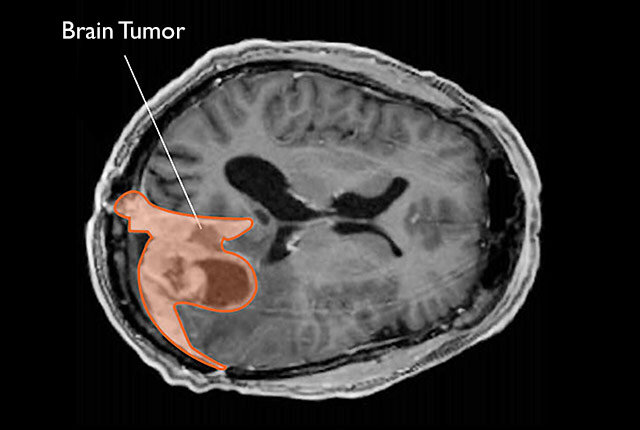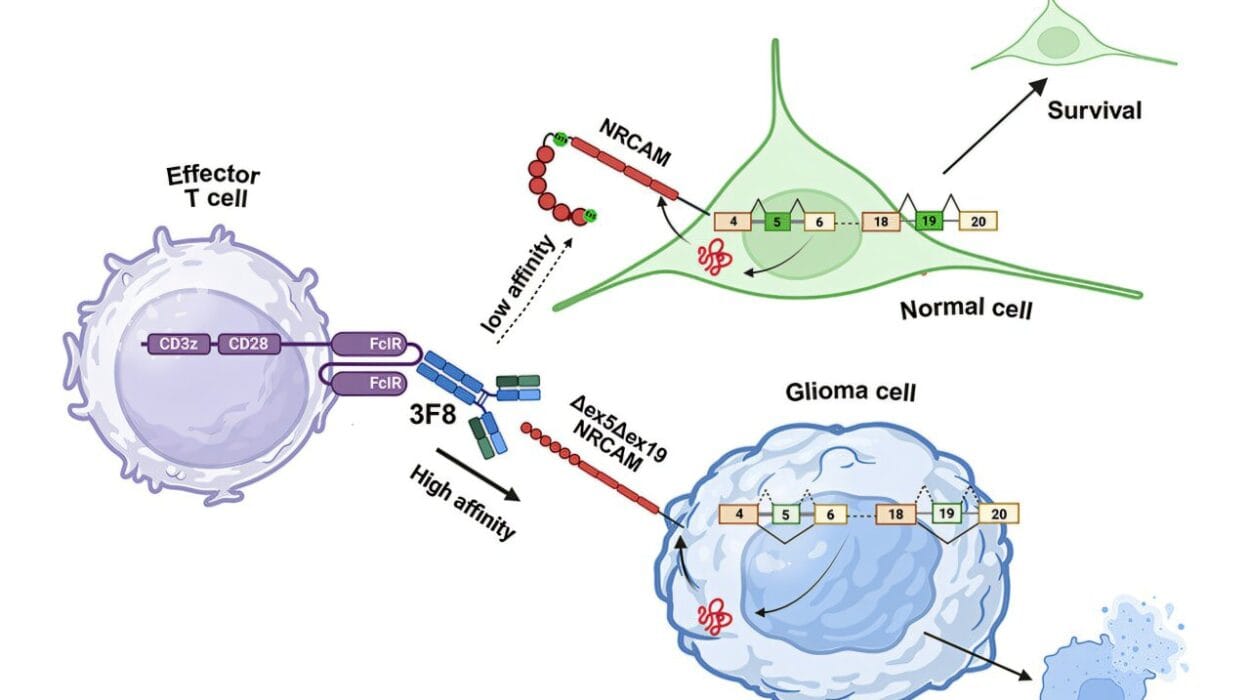The human body is a symphony of motion, sensation, emotion, and thought. Every breath you take, every blink of your eye, every memory, every heartbeat, every dream is orchestrated by a single, remarkable conductor: the nervous system. It is your body’s information superhighway, command center, security network, and creative engine, all rolled into one.
Imagine a world where you could not feel pain, smell food, remember your name, move a finger, or form a thought. That is what life would be like without a functioning nervous system. It is the invisible network that keeps you alive and allows you to be human—not just biologically, but emotionally and intellectually.
From the flash of inspiration that leads to a masterpiece to the instinctual reflex that pulls your hand from a flame, the nervous system governs every action, reaction, and interaction you experience. In this article, we’ll dive deep into how it works, why it’s essential, and the extraordinary ways it shapes your world—moment to moment.
The Architecture of Control: Nervous System Anatomy
To understand how the nervous system controls everything, we must first explore its structure. At the highest level, it is divided into two major parts: the central nervous system (CNS) and the peripheral nervous system (PNS).
The CNS is composed of the brain and spinal cord—the ultimate decision-makers. The brain is a 3-pound mass of soft tissue that houses your mind and your identity. The spinal cord is a long, thin bundle of nerves that acts as a communication superhighway between your brain and body.
The PNS branches out from the spinal cord and spreads throughout the body. It connects your limbs, organs, muscles, and skin to the CNS. It’s like a giant electrical grid that links the tiniest cell in your pinky toe to the neurons in your prefrontal cortex.
The PNS is further divided into the somatic nervous system, which handles voluntary movements and sensory information, and the autonomic nervous system, which controls involuntary functions like heartbeat, digestion, and pupil dilation.
Together, these systems form an elaborate network of over 100 billion neurons—the cells responsible for transmitting information in the form of electrical and chemical signals.
Electrical Lightning: How Neurons Communicate
Neurons are the heroes of the nervous system. They are specialized cells with one job: communication.
A single neuron resembles a tree, with a cell body, branching dendrites (which receive messages), and a long axon (which sends messages). When a neuron is activated—say, by a touch on your arm—it generates an electrical impulse known as an action potential.
This impulse travels down the axon like a lightning bolt. At the end of the axon is a synapse, a tiny gap between neurons. The electrical signal triggers the release of chemicals called neurotransmitters, which cross the synapse and activate the next neuron.
This process happens at blistering speed. Some signals race along neurons at over 250 miles per hour. That’s faster than a Formula 1 car. It’s how you can instantaneously move your hand away from a hot stove or feel the texture of sand between your toes the moment you touch it.
There are billions of these signals zipping through your nervous system every second, creating a real-time map of your environment and coordinating your responses with astonishing precision.
The Brain: A Universe in Your Head
The brain is the crown jewel of the nervous system. With roughly 86 billion neurons and trillions of connections, it is more complex than any computer ever built—and perhaps more complex than the universe itself.
Each region of the brain plays a specialized role. The cerebral cortex, the outermost layer, handles higher functions like reasoning, planning, and language. The frontal lobes give you personality and decision-making skills. The occipital lobe processes vision, while the temporal lobes interpret sound and store memories.
Deep within the brain are the limbic system (which governs emotion), the brainstem (which controls vital functions like breathing), and the cerebellum (which fine-tunes movement and balance).
The brain doesn’t just control your body—it creates your reality. The patterns of neural activity in your brain are what you experience as thoughts, emotions, dreams, and memories. Everything you are exists in the form of electrical pulses within this mysterious organ.
The Spinal Cord: The Highway of Reflex and Relay
If the brain is the CEO of your body, the spinal cord is the COO. It handles logistics and rapid response.
Running from the brainstem to the lower back, the spinal cord is protected by vertebrae and surrounded by cerebrospinal fluid. It acts as a conduit, transmitting instructions from the brain to the body and relaying sensory information back up.
But it’s not just a passive messenger. The spinal cord has its own decision-making powers. It can execute reflexes—automatic responses to stimuli—without needing brain approval.
For example, when you touch something sharp, the spinal cord sends an immediate signal to pull your hand back, even before your brain registers pain. This split-second reaction can prevent serious injury and showcases the spinal cord’s crucial role in body control.
The Peripheral Nervous System: The Network Beyond the Brain
The PNS is like a web that fans out from your spinal cord to reach every corner of your body. It is composed of sensory neurons, which bring information in, and motor neurons, which carry instructions out.
When you see a dog running toward you, sensory neurons send that visual data to your brain. When you decide to pet the dog, motor neurons carry your brain’s command to your arm and hand muscles.
The somatic nervous system governs these conscious movements and sensory inputs. But not all body functions require your awareness. That’s where the autonomic nervous system steps in.
The autonomic system has two branches: the sympathetic and parasympathetic systems. The sympathetic system triggers the “fight or flight” response in emergencies—dilating pupils, increasing heart rate, diverting blood to muscles. The parasympathetic system brings you back to baseline—slowing heartbeat, aiding digestion, promoting relaxation.
This push-pull balance keeps your internal world in harmony, adjusting constantly to your environment without your conscious input.
Senses: Feeding the Brain’s Inner World
Your nervous system is your window to the world. Through the five main senses—sight, hearing, taste, smell, and touch—it gathers information about your environment and helps you make decisions.
Each sense has specialized receptors that convert stimuli into neural signals. Light hitting the retina becomes vision. Sound vibrations become hearing. Chemicals on your tongue and in your nose become taste and smell. Pressure and temperature on your skin become touch.
These signals are interpreted by the brain in milliseconds, allowing you to understand and react to your world in real time. But perception is not passive. Your brain constantly interprets, filters, and fills in gaps based on experience, memory, and context.
This is why illusions work—and why two people can experience the same event very differently. Your reality is not just what your senses deliver; it’s what your brain makes of it.
Movement: From Thought to Action
How do you will your body into motion?
The nervous system turns intention into action. When you decide to stand up, your brain’s motor cortex sends signals down the spinal cord and into the motor neurons of your legs. These neurons activate muscle fibers, contracting them in precise sequences.
Movement is far more complex than it seems. Walking involves the coordination of over 200 muscles, constant feedback from your inner ear (balance), visual cues, and spinal reflexes. Typing on a keyboard, throwing a ball, or playing a violin all require finely tuned motor control.
The cerebellum plays a key role in this, refining movements for accuracy, timing, and smoothness. Without it, even simple actions would be jerky and imprecise.
Athletes, dancers, and musicians spend years training their nervous systems to master control, precision, and speed. Every practice session strengthens neural pathways, creating “muscle memory” that allows complex movements to become automatic.
Emotion and the Limbic System: Feeling Through the Nerves
Your nervous system doesn’t just control movement and perception—it also governs emotion. The limbic system, located deep within the brain, is responsible for emotional responses, motivation, and memory formation.
The amygdala processes fear and threat detection. The hippocampus stores and retrieves memories. The hypothalamus links emotion to bodily responses—making your palms sweat when nervous or heart race when excited.
Emotions influence nearly every decision you make. They color your perceptions, guide your behavior, and bond you to others. And they are deeply physical—felt in the body as much as the mind.
When you’re afraid, your nervous system triggers the sympathetic response: adrenaline surges, pupils dilate, muscles tense. When you’re in love, it releases oxytocin and dopamine, bathing your brain in pleasure and trust signals.
Your feelings are not just psychological—they are neurological events rooted in biology.
Memory and Learning: Wiring the Mind
Learning and memory are functions of plasticity—the brain’s ability to change.
When you learn a new skill or remember a fact, your neurons forge new connections or strengthen existing ones. This process, called synaptic plasticity, is the foundation of memory.
Different types of memory involve different brain regions. The hippocampus is critical for forming long-term declarative memories (like names or events). The cerebellum stores procedural memory (how to ride a bike). The prefrontal cortex handles working memory—what you’re thinking about right now.
Repeated exposure, practice, and emotional significance all enhance memory formation. Sleep also plays a vital role—consolidating learning and clearing out unneeded information.
Every new experience rewires your brain slightly. In a very real sense, who you are is shaped by what you remember—and what you forget.
The Nervous System and Health
A healthy nervous system is essential to a healthy life. Damage or dysfunction can have devastating consequences.
Neurological disorders like multiple sclerosis, epilepsy, Parkinson’s, and Alzheimer’s affect millions. They can impair movement, memory, sensation, and communication. Spinal cord injuries can cause paralysis. Stroke can erase the ability to speak or move.
Mental health conditions like depression, anxiety, and schizophrenia also stem from nervous system imbalances—often involving neurotransmitter levels or brain structure differences.
Modern medicine continues to explore ways to protect and restore the nervous system. Neuroplasticity gives hope—showing that the brain can adapt, recover, and rewire even after injury. Technologies like brain-computer interfaces and neural implants are pushing the boundaries of what’s possible.
Consciousness: The Final Frontier
Perhaps the most profound function of the nervous system is the creation of consciousness. That ineffable experience of being aware, thinking, feeling, and existing arises somehow from the activity of neurons.
Scientists still don’t fully understand how consciousness works. It is the “hard problem” of neuroscience—the mystery of how physical processes in the brain give rise to subjective experience.
But what is clear is this: your sense of self, your memories, your dreams, your ability to imagine a future—all of it emerges from your nervous system. It is your portal to existence.
Conclusion: The Master of All Things
From the moment you wake to the second you sleep—and in every dream between—your nervous system is at work. It is the silent, tireless commander behind your senses, movements, memories, emotions, and thoughts. It is the link between your inner world and the universe outside. It makes you you.
Understanding how the nervous system works not only reveals the miracle of biology—it deepens our appreciation for the complexity of life. It also shows how deeply interconnected we are: how a thought can move a body, how a sensation can trigger a memory, how a neuron’s whisper can change a lifetime.
In studying the nervous system, we study not just science—but humanity itself. The more we uncover, the more we realize: we are creatures of electricity and chemistry, guided by neural storms, animated by the most complex machine in the cosmos.
And that machine—quiet, hidden, magnificent—is the nervous system.






